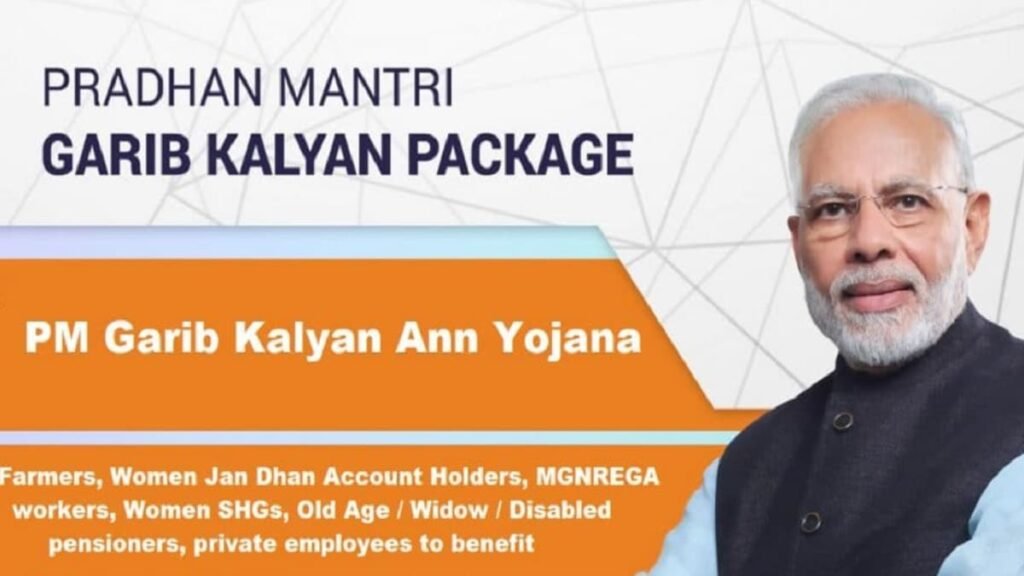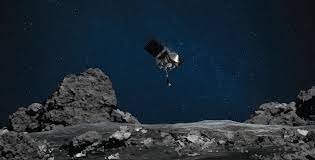Blog
May 11th Current Affairs
- May 11, 2021
- Posted by: admin
- Category: Culture Current Affairs Daily News Defense & Security Disaster Management Economy Education Environment & Ecology Ethics Geography Governance Health History International Relation Persons in News Polity Science & Technology Social Issues Sports Uncategorized UPSC Notification Videos

1.Mission for Integrated Development of Horticulture’ (MIDH)

IN NEWS:
Union Agriculture Ministry has allocated Rs 2250 Crore for realizing the huge potential of horticulture sector in 2021-22.
Key highlights:
Keeping in view the huge potential and role of the horticulture sector in increasing farmer’s income, the Government of India has allocated Rs. 2250 Crore for development of horticulture sector during 2021-22.
To further promote and for holistic growth of the horticulture sector in the country, the Ministry of Agriculture and Farmers Welfare has provided an enhanced allocation of Rs. 2250 Crore for the year 2021-22 for ‘Mission for Integrated Development of Horticulture’ (MIDH), a centrally sponsored scheme.
The Ministry is implementing MIDH with effect from 2014-15, for realizing the potential of the horticulture sector covering fruits, vegetables, root and tuber crops, mushrooms, spices, flowers, aromatic plants, coconut, cashew and cocoa.
The allocation is significantly higher than the previous year allocation.
This allocation has been communicated to the States/UTs for preparing Annual Action Plans.
Mission for Integrated Development of Horticulture’ (MIDH):
- It is a scheme for the holistic growth and development of the Indian horticulture sector.
- This Centrally Sponsored scheme covers vegetables, fruits, roots and tuber crops, aromatic plants, flowers, spices, bamboo, coconut, cashew and cocoa.
- MIDH also provides technical support and advice to state horticultural missions, Rashtriya Krishi Vikas Yojana (RKVY), Saffron Mission and the National Mission for Sustainable Agriculture (NMSA).
- MIDH is under the Ministry of Agriculture and Farmers’ Welfare, GOI.
- Under MIDH, while Government of India (GOI) contributes 85% of total outlay for developmental programmes in all the states except the states in North East and Himalayas, 15% share is contributed by State Governments. In the case of North Eastern States and Himalayan States, GOI contribution is 100%.
Sub Schemes:
National Horticulture Mission (NHM).
Horticulture Mission for North East & Himalayan States (HMNEH).
National Bamboo Mission (NBM).
National Horticulture Board (NHB).
Coconut Development Board (CDB).
Central Institute for Horticulture (CIH).
SOURCE:PIB
2. ‘Connected Commerce: Creating a Roadmap for a Digitally Inclusive Bharat’

IN NEWS:
NITI Aayog and Mastercard released a report titled ‘Connected Commerce: Creating a Roadmap for a Digitally Inclusive Bharat’.
Key Highlights:
- The report identifies challenges in accelerating digital financial inclusion in India.
- It provides recommendations for making digital services accessible to its 1.3 billion citizens.
- Strengthening the payment infrastructure to promote a level playing field for NBFCs and banks.
- Digitizing registration and compliance processes and diversifying credit sources to enable growth opportunities for MSMEs.
- Building information sharing systems, including a ‘fraud repository’, and ensuring that online digital commerce platforms carry warnings to alert consumers to the risk of frauds.
- Enabling agricultural NBFCs to access low-cost capital and deploy a ‘phygital’ (physical + digital) model for achieving better long-term digital outcomes.
- To make city transit smoothly accessible to all with minimal crowding and queues, leveraging existing smartphones and contactless cards and make it an inclusive, interoperable, and fully open system.
SOURCE:PIB
3. Pakistan government to set new rules to meet FATF requirements

IN NEWS:
Pakistan, keen to exit from the grey list of the FATF, is set to introduce new rules relating to anti-money laundering cases and change the prosecution process to meet its remaining tough conditions.
Key Highlights:
- Pakistan was put on the grey list by the Paris-based Financial Action Task Force (FATF), the global watchdog for money laundering and terror financing in June 2018 and the country has been struggling to come out of it.
- The changes being made also include the transfer of investigations and prosecution of anti-money laundering (AML) cases from police, provincial anti-corruption establishments (ACEs) and other similar agencies to specialised agencies.
- These rules and related notifications for certain changes in the existin schedule of the Anti-Money Laundering Act 2010 (AMLA) would come into force immediately, to be followed by the appointment of administrators and special public prosecutors for implementation.
- Based on these measures, the FATF would conclude if Pakistan has complied with three outstanding benchmarks, out of 27, that blocked its exit from the grey list.
Composition:
The FATF currently comprises 37 member jurisdictions and 2 regional organisations, representing most major financial centres in all parts of the globe. It also has observers and associate members.
What is a blacklist and grey list?
Black List: Countries known as Non-Cooperative Countries or Territories (NCCTs) are put in the blacklist. These countries support terror funding and money laundering activities. The FATF revises the blacklist regularly, adding or deleting entries.
Grey List: Countries that are considered safe haven for supporting terror funding and money laundering are put in the FATF grey list. This inclusion serves as a warning to the country that it may enter the blacklist.
Considered in the grey list may face:
- Economic sanctions from IMF, World Bank, ADB.
- Problem in getting loans from IMF, World Bank, ADB and other countries.
- Reduction in international trade.
- International boycott.
SOURCE:TH
4. Pradhan Mantri Garib Kalyan Ann Yojana

In News
- Recently, thirteen states have started distributing foodgrains under the Pradhan Mantri Garib Kalyan Ann Yojana (PMGKAY).
- The scheme has been rolled out again for two months (May and June 2021) as the country’s healthcare infrastructure has reached its capacity and several states have taken steps like complete lockdown, night curfew to contain the spread of the disease.
Key Points
- PMGKAY is a part of Pradhan Mantri Garib Kalyan Package (PMGKP) to help the poor fight the battle against Covid-19.
- Its nodal Ministry is the Ministry of Finance.
- It was initially announced for a three month period (April, May and June 2020), covering 80 crore ration cardholders. Later it was extended till November 2020.
- However in April 2021, the government had announced its decision to restart the PMGKAY.
- The scheme aimed at providing each person who is covered under the National Food Security Act 2013 with an additional 5 kg grains (wheat or rice) for free, in addition to the 5 kg of subsidised foodgrain already provided through the Public Distribution System (PDS).
- The new version of the PMGKAY lacks one of its important components which was there in 2020 PMGKAY i:e free-of-cost 1 kg pulses per month to each household covered under the NFSA.
- Government of India will bear all expenditure of over Rs. 26,000 crore on account of food subsidy and Central assistance to states/UTs on account of intra-state transportation etc.
Allocation Till Now:
Out of a total monthly allocation of 39.69 lakh Metric Tonnes (MT) under the PMGKAY, 15.55 lakh MT have been lifted by states.
1.01 lakh MT have been distributed to 2.03 crore beneficiaries till May 2021.
Source: IE
5. NASA’s OSIRIS-REx:

IN NEWS:
On May 11, NASA’s Origins, Spectral Interpretation, Resource Identification, Security, Regolith Explorer (OSIRIS-REx) spacecraft will depart asteroid Bennu, and start its two-year long journey back to Earth.
Key Highlights:
About the mission:
- OSIRIS-REx is NASA’s first mission to visit a near-Earth asteroid, survey its surface and collect a sample from it.
- In October 2020, the spacecraft briefly touched asteroid Bennu, from where it collected samples of dust and pebbles.
- The mission was launched in 2016.
About asteroid Bennu:
- Bennu is considered to be an ancient asteroid that has not gone through a lot of composition-altering change through billions of years, which means that below its surface lie chemicals and rocks from the birth of the solar system.
- Therefore, scientists and researchers are interested in studying this asteroid as it might give them clues about the origins of the solar system, the sun, the Earth and the other planets.
- So far, we know that Bennu is a B-type asteroid, implying that it contains significant amounts of carbon and various other minerals.
- Because of its high carbon content, the asteroid reflects about four per cent of the light that hits it, which is very low when compared with a planet like Venus, which reflects about 65 per cent of the light that hits it. Earth reflects about 30 per cent.
Was Bennu the first Mission to land on an Asteroid?
- Japan had sent Hayabusa and the European Space Agency had sent Rosetta Mission. Thus, Bennu was not the first mission to land on an asteroid.
Hayabusa Mission
- It was launched in 2014 to collect samples from Ryugu. It reached Ryugu in 2018. It spent 18 months there and returned to the earth in December 2020.
Rosetta Mission
- The Rosetta Mission was launched by the European Space Agency to explore comet Churyumov-Gerasimenko in 2004.
- It was the first mission to orbit a comet. Also, it was the first mission to land a probe on its surface.
SOURCE:IE
